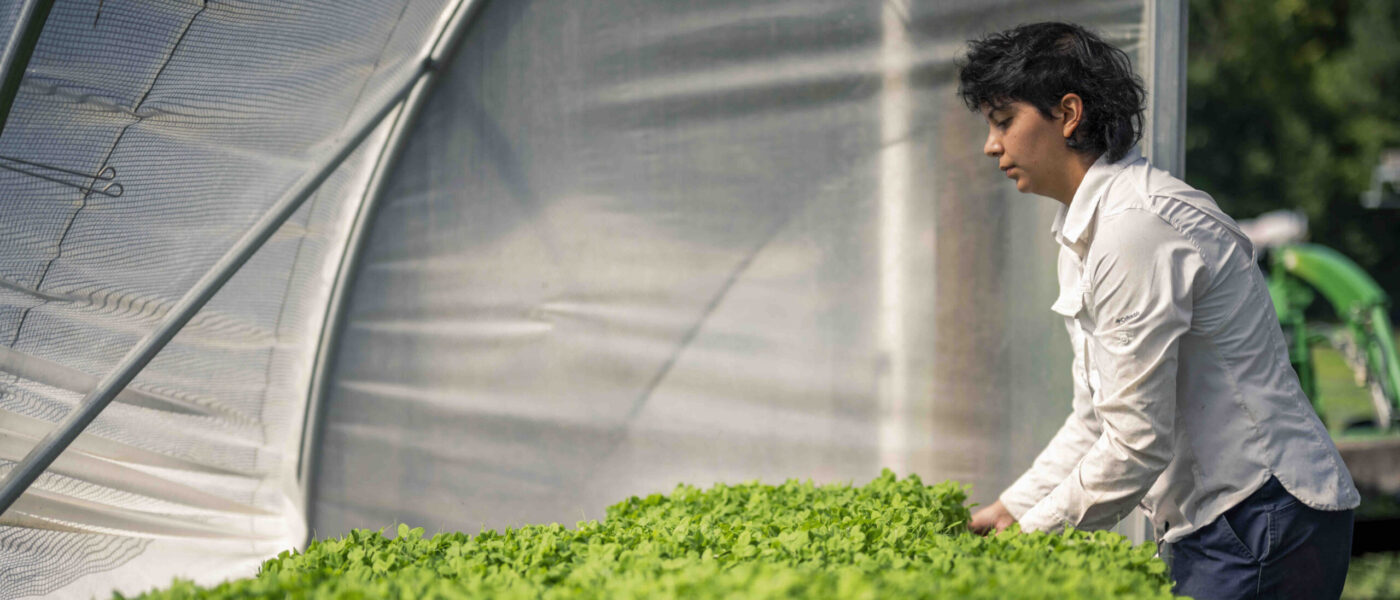 The GMO labeling lawsuit pitting Big Food against the state of Vermont might not even make its way to the courtroom. Last Friday, Attorney General Bill Sorrell asserted the state’s right to require the labeling of GMO products in a 51 page court filing. He has asked the federal court to dismiss the case, stating that the law withstands every constitutional challenge the Grocery Manufactures Association and other industry groups have presented. The labeling law is set to take affect in 2016 and could cost Vermont $8 million to defend.
The GMO labeling lawsuit pitting Big Food against the state of Vermont might not even make its way to the courtroom. Last Friday, Attorney General Bill Sorrell asserted the state’s right to require the labeling of GMO products in a 51 page court filing. He has asked the federal court to dismiss the case, stating that the law withstands every constitutional challenge the Grocery Manufactures Association and other industry groups have presented. The labeling law is set to take affect in 2016 and could cost Vermont $8 million to defend.
Europe’s move away from GMOs may affect United States producers in some unsuspected ways. Recently, a judge in Mexico revoked Monsanto’s permit to plant GMO soy in the country, believing that the crops would contaminate the honey industry in the Yucatán peninsula through cross-pollination. Monsanto, an international agrochemical and agricultural biotechnology giant based in St. Louis, had planted more than 600,000 acres of soy despite opposition from Mayan farmers, beekeepers and Greenpeace. If Mexico can’t market the honey as GMO-free, it will be much harder to sell in the European market – the nearly exclusive importer of Yucatán honey.
While many continue to brush off the ominous signs of climate change that have flooded the media for the past few years, experts say that changing weather patterns are already affecting corn production in the Midwest. Last year, heavy rains early in the season made farmers leave some plots bare and extreme-drought later in the season devastated corn production. Now, two studies predict that climate change will continue to affect production of the nation’s largest crop in coming decades. In an Iowa test field, farmer Seth Watkins and Iowa State University agronomist Matt Liebman have joined forces to suppress erosion in the event of severe storms by strategically positioning prairie plants to hold soil in place. Still, experts say these new techniques will not be enough to save the corn crop from climate change.
But as Iowa corn faces threats, climate change has North Dakota farmers shifting from wheat to corn. Traditionally, North Dakota farmers focused on wheat – especially durum wheat, which is used to make most pasta. Then, in the early 1990s, scab, a disease that thrives in humid conditions, first made its way to the changing climate and killed the wheat crop. While wet seasons and humidity hurt wheat, they benefit corn and have allowed North Dakota farmers to start making the transition. Now, the lucrative corn crop makes up 15 percent of the state’s farmland.
After toxic, blue-blue green algae in Lake Erie forced Toledo residents to turn off the tap water last week, the blame fell mostly on farmers and fertilizer runoff. Now, Ohio farmers are urging authorities to investigate other possible sources of phosphorous in the lake. Farmers say that they’re only using the minimum amount of fertilizer each plant needs – any more than that is excessive and wasteful. In fact, farmers have been using less fertilizer over the past ten years than they had been, and yet Lake Erie the highest algae presence experts have seen in years. Officials are still looking toward reforming farming practices to improve water quality, including a new law that requires a certification to apply fertilizer.
This November, Californians will vote on a $7.5 billion water plan to combat the three years of extreme drought in the nation’s leading agricultural state. Drafted by lawmakers and almost unanimously voted onto the November ballot, the measure represents the largest investment in water infrastructure in decades. The funding will be used to build reservoirs, clean groundwater and promote new water saving technologies.


